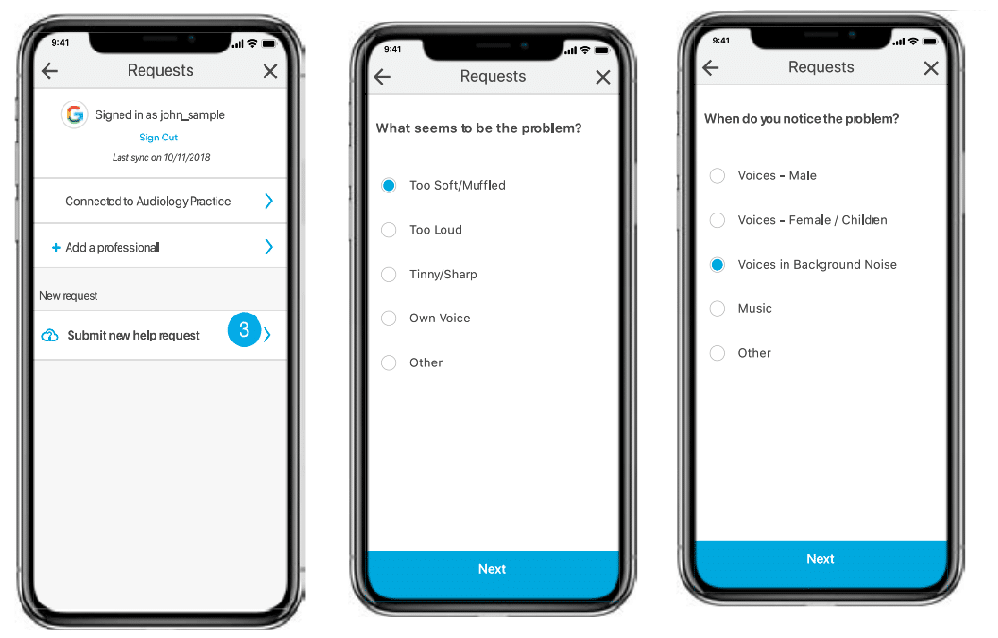Tele-Audiology
Digital health has become the new norm for patients in the 21st century. It is clear a major health trend is present where our patients are displaying more “consumer like behaviours.” With the exponential increase in access to online search systems and social media, there is more health care choice than ever.
As the demographic of people walking through clinic doors are changing, we as health professionals need to keep up with their new digital needs. In Audiology, we are keeping up with this change with the introduction of Tele-Audiology.
What is Tele-Audiology?
Tele-Audiology is another mode of service delivery/communication outside of the clinic. This includes:
- Emails
- Live chats
- Phone calls
- Video Calls
- Remote Care
Tele-Audiology does not replace the face to face appointment times we spend with our patients however are designed to complement our in-clinic services. Research shows by staying in touch with your audiologist, this instils confidence and better adherence to the recommended rehabilitation plan, such as the uptake and use of hearing devices. Resulting in overall better health outcomes and less devices in the draw!
To keep up with our changing populations, Remote Care is one of the Tele-Audiology services provided to our patients at Victorian Hearing. Remote Care is a feature available through most hearing aid manufacturers, allowing adjustments to hearing aids wirelessly through a smart phone and mobile application in the comfort of their home, or a listening environment they are hoping to optimise hearing in. Depending on the type of hearing aids fitted to the patient, these adjustments can be made in real time or through a secured cloud system where the patient request can download and save the adjusted sound quality send through by the Hearing Care Provider (HCP).
Who benefits from Tele-Audiology?
Our low needs, high empowerment patients are ideal candidates for Tele-Audiology services but not restricted to this demographic. It is important to remember that hearing rehabilitation is a long journey, during which a patient’s needs and lifestyle may change and it is important to always provide patients with choice and access.
With the introduction of Bluetooth connectivity between smart phones and hearing aids now the new norm, the use of telecommunication technologies allows us to reach out to patients, reduce barriers to optimal care in underserved areas, improve user satisfaction and accessibility to specialists, decrease professional isolation in rural areas, help medical practitioners expand their practice reach and save patients from having to travel or be transported to receive high quality care. These are obvious advantages of Tele-Audiology which may also facilitate overcome common barriers to getting hearing aids, such as cost and distance from hearing care providers.


